I’d never made fruit leather before.
Never really thought about it till Chi of Oya Come Chop suggested making some leather when I made some Agbalumo Puree.
And then flicking through Traditional Foods, I happened upon a recipe for Fruit leathers.
Joy untold.
Fruit leathers are homemade fruit rolls. They are a tasty chewy, dried fruit product. Fruit leathers are made by pouring pureéd fruit onto a flat surface for drying. When dried, the fruit is pulled from the surface and rolled. It gets the name “leather” from the fact that when pureéd fruit is dried, it is shiny and has the texture of leather.
The advantages of making your own fruit leathers are to save money use less sugar and to mix fruit flavors. Leftover fruit pulp from making jelly can be blended and made into fruit rolls.
For the diabetic adult or child, fruit leathers made without sugar are a healthy choice for snacks or desserts. Individual fruit leathers should contain the amount of fruit allowed for the fruit exchange; National Centre for Home Food Preservation
To be honest, it is a fairly simple process.
You start off with fresh ripe fruit. With Agbalumo, I used the technique of peeling the skin off the flesh, learnt in the process of writing ‘The Anatomy of Agbalumo’ post.
I had roughly a cup.
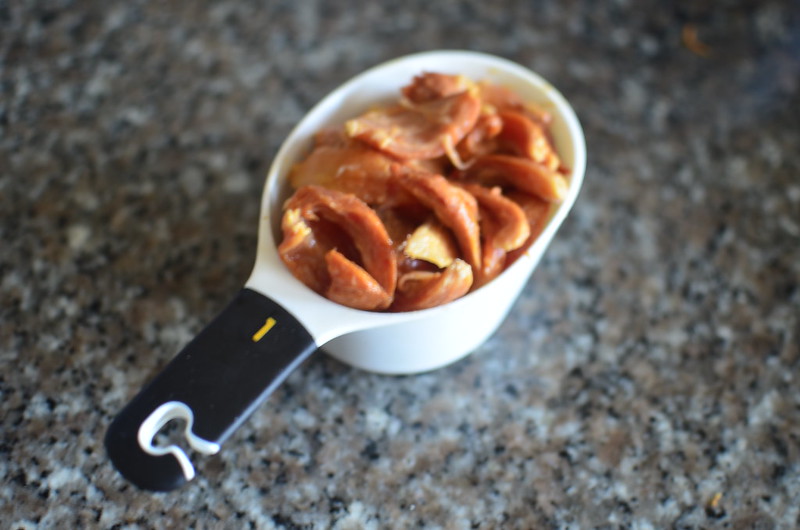
The next step was to do an ‘acid dip’. This preserves the colour and stops fruits from browning. There were a number of suggestions – I went with using lemon juice versus sulphur dioxide. I neither know it nor have it :).
I cooked a sugar syrup, took it off the heat and soaked the Agbalumo segments in it overnight. I didn’t refrigerate because the recipe didn’t specify what to do, but it stayed well. Next time though, I’ll refrigerate it ’cause there was a hint of tang…like it was beginning to ferment.
The next day, I put the macerated segments, sans juice into the blender and attempted to puree.
It didn’t work till I added a few tablespoons of the macerating liquid.
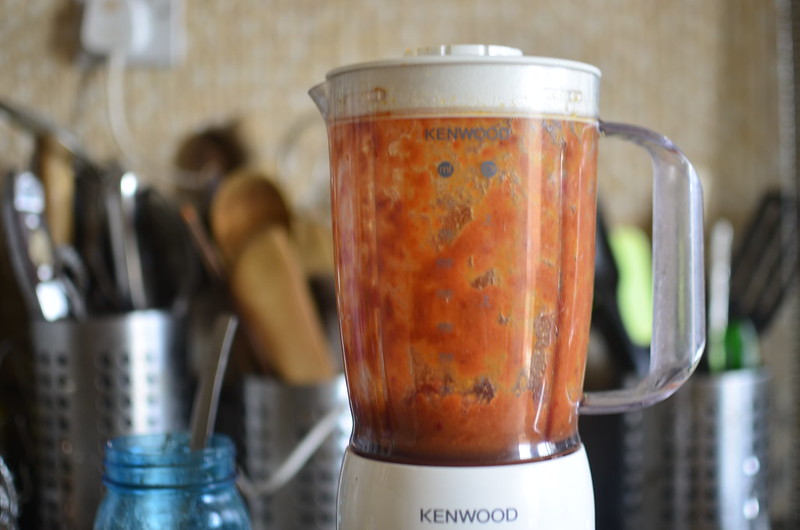
The result was a smooth, thick, slightly sweet puree with the vibrant, tart flavours of Agbalumo.
And this was where my lack of knowledge of fruit leathers shone through – I didn’t realise the mix had to be a certain thickness.
Use 2 cups of fruit for each 13″ x 15″ inch fruit leather
I spread the puree on a greaseproof-lined baking tray with a spatula. Next time, I’ll use plastic wrap / clingfilm
For drying in the oven a 13″ X 15″ cookie pan with edges works well. Line pan with plastic wrap being careful to smooth out wrinkles. Do not use waxed paper or aluminum foil;National Centre for Home Food Preservation

I took advantage of the wonderful heat/ sunshine/ Nigerian climate and put it out to dry, covered with layers of cheesecloth to keep the flies at bay – this was hard, they tried to work their way into the mix.
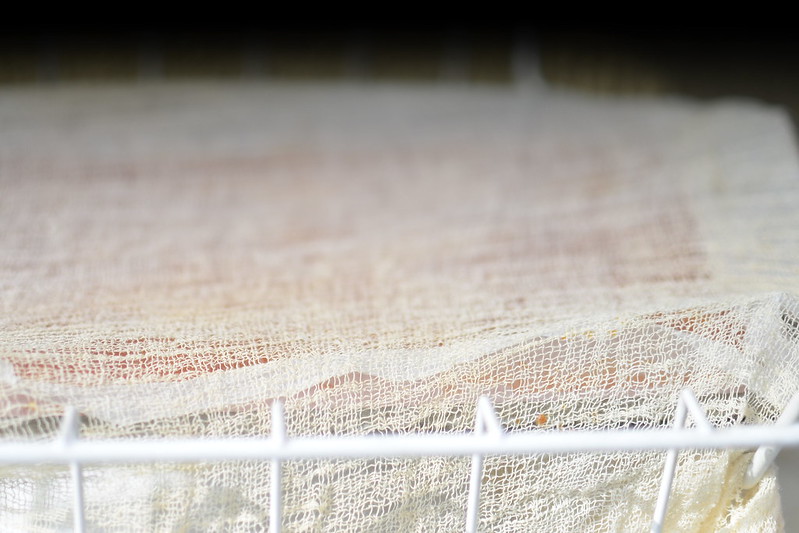
In the end, I put the tray in the oven on low heat – 125 degrees Centigrade and let it ‘dry’ for about an hour and a bit.
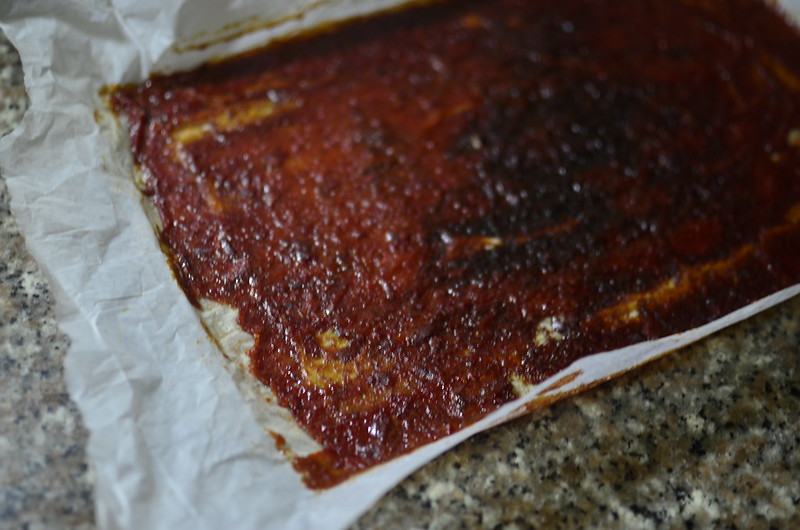
Then I left it in the oven overnight to dry out…with the residual heat.
The result? Concentrated Agbalumo flavour in a chewy ‘jelly’.
I peeled off bits and chew and sucked and licked.
The rest got rolled into a sausage and stashed in the deep freezer

Some of it got baked in a breakfast recipe. Coming next.
Thank you Chi for the awesome tip. I’m thinking of making more leather before Agbalumo goes out of season.[wpurp-searchable-recipe]Preserved: Agbalumo Leather – – – [/wpurp-searchable-recipe]

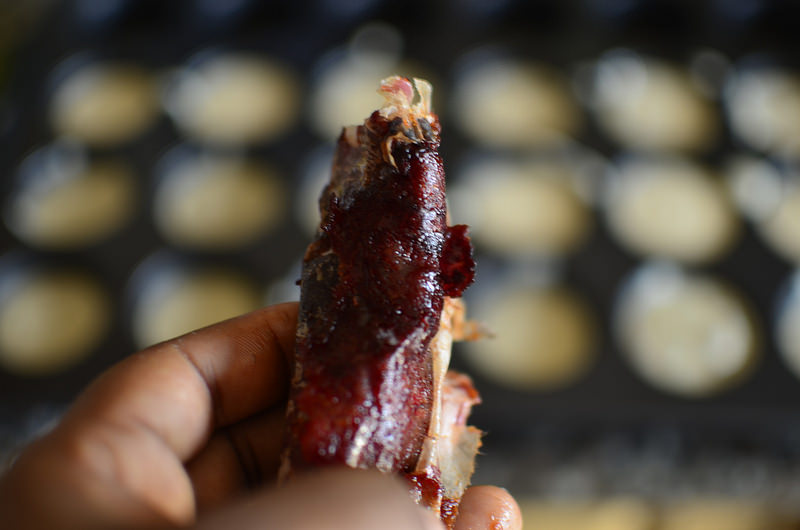
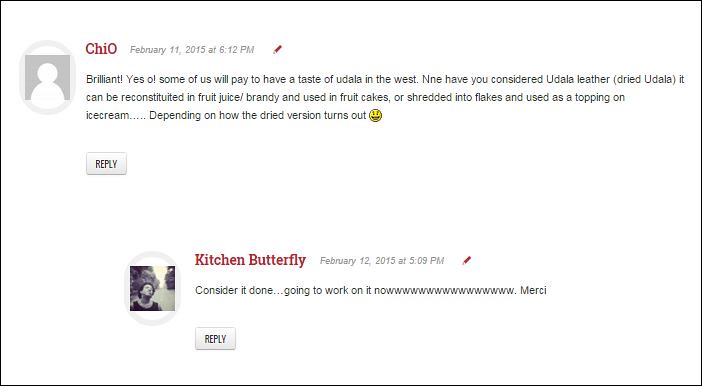
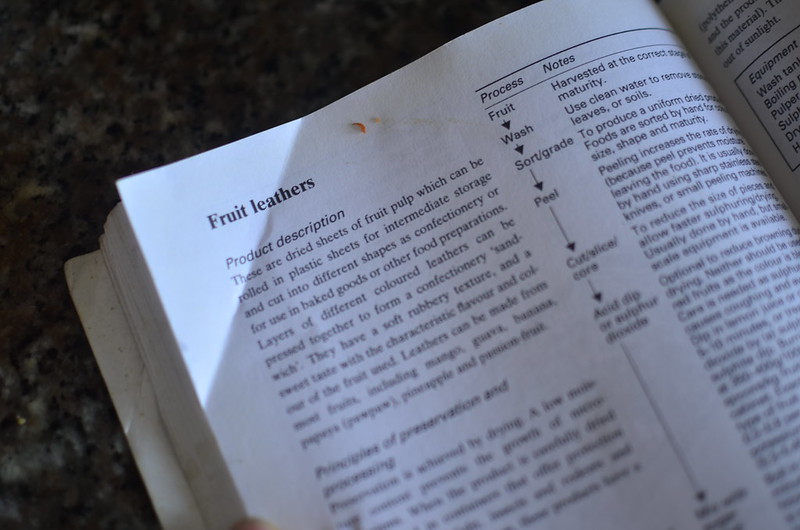
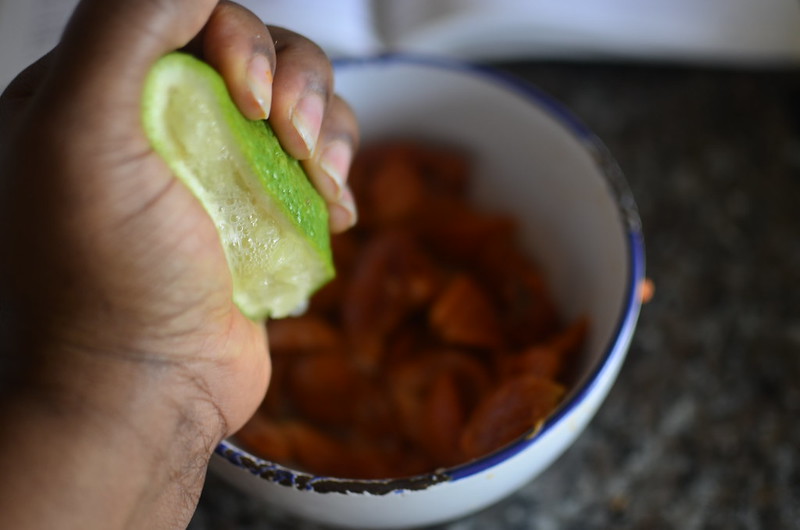
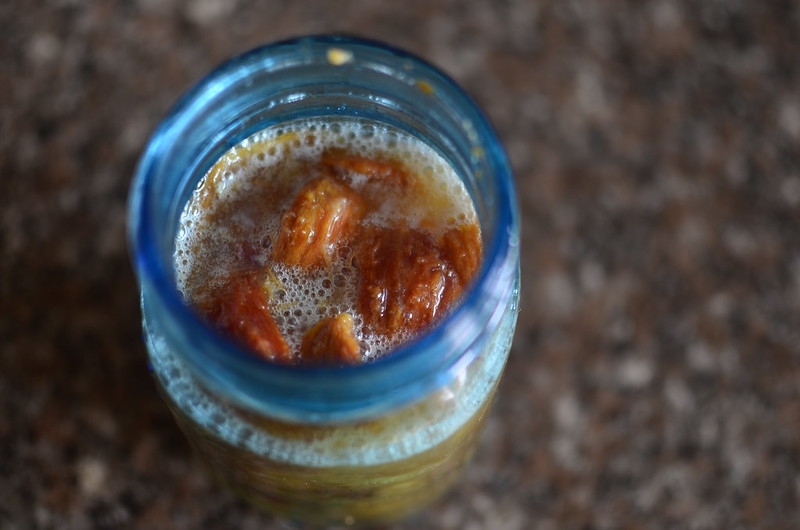
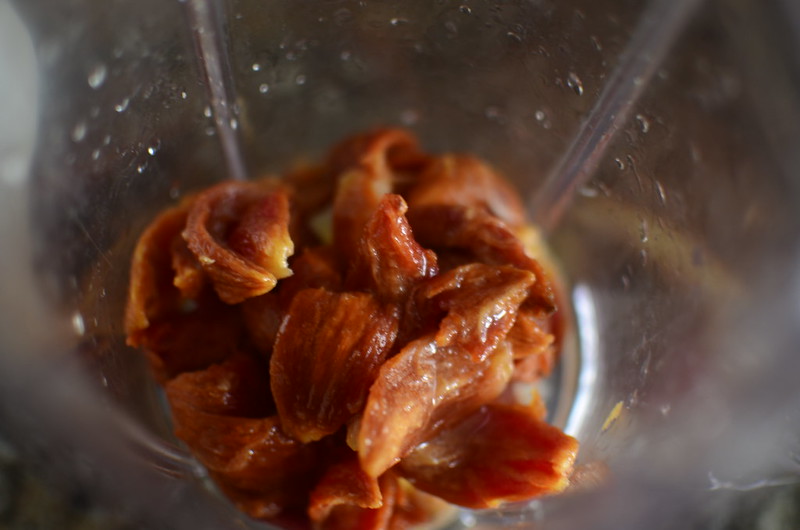

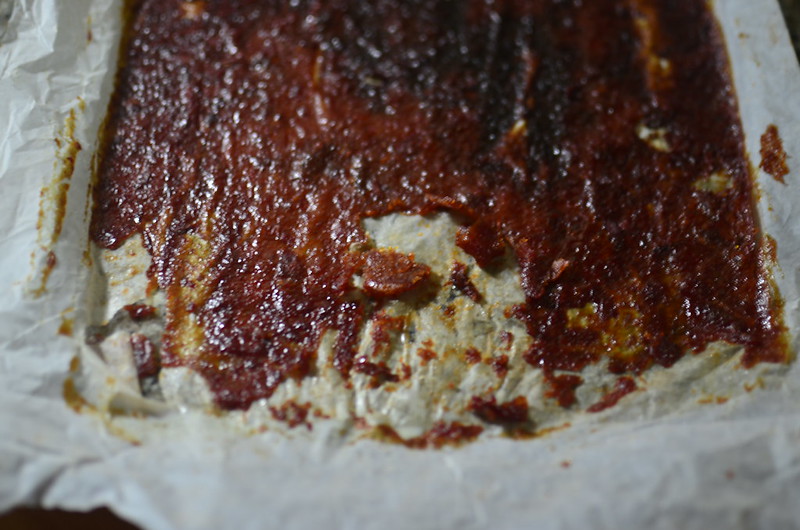

Leave a Reply